You’ve switched your baby to cloth diapers, started making your own earth-friendly cleaning solutions and even made some reusable shopping bags. Your impact on the environment is something you are conscious of, but have you thought about going “green” on your period?
What’s so bad about tampons anyway?
Tampons are made primarily of two different materials. Rayon and Cotton. Both materials require processing that involves hazardous chemicals that you don’t want in your body.
Rayon is a cellulose material made from wood pulp. In order to make this material appropriate for use in tampons it has to undergo a bleaching process. Manufacturers use two types of bleaching processes to achieve the results they want. Elemental chlorine free bleaching and totally chlorine-free bleaching. These processes can introduce dangerous dioxins into the bleached product. While the FDA considers the small amount of dioxins acceptable, the EPA says that no amount of dioxin is acceptable. Dioxins have been shown to cause infertility, endomitriosis, pelvic inflammatory disease and a weakened immune system.
Cotton is one of the most absorbent natural materials we can produce. That makes it a great candidate for tampons. But do you know where the cotton in your tampons was grown or how it was treated? Think about it, because cotton is so absorbent, it is soaking up all the pesticides that get sprayed on it throughout the growing process, and the bleach that is used to treat it before it’s turned into tampons. Over time, pesticides introduced into your body can harm your nervous and endocrine system, as well as cause cancer.
A woman may use as many as 15,000 tampons in a lifetime. Between the packaging and tampons themselves this can cause an extreme amount of unnecessary waste. If that doesn’t catch your attention, how about the cost? Tampons can cost the average woman around $100/year. If you get your first period at age 13 and don’t hit menopause until around age 48 that’s $3,500 in a lifetime! And that doesn’t even include the cost of using a disposable panty liner along with your tampons.
What are the alternatives?
Menstrual cups
Menstrual cups can be a great alternative to tampons. A menstrual cup is a small silicone or rubber reusable cup that you insert into the lower part of your vagina to collect menstrual fluid and tissue. They can be worn for up to 12 hours without needing to be emptied.
Most menstrual cups are made from medical grade silicone and can be found in clear or colored. The Keeper is a popular choice cup made from 100% natural rubber. This is a great option for someone that is looking for a 100% natural product who knows they have no sensitivities to rubber latex. Many women prefer the silicone cups over rubber as a rubber cup tends to be more stiff and could be uncomfortable depending on the woman.
Menstrual cups can be found online and in your local health food stores. Some of the most popular brands are:
- Noblest Lady
- The Diva Cup
- Lunette
- Sckoon Cup
- LadyCup
- The Keeper
Be sure you check the size information for each cup before you purchase yours. There are two sizes. One for women who are under 30 and have never given birth (including by Cesarean), and another size for women who have given birth or are over the age of 30. There is not a standard way of differentiating between sizes with the different brands. Some come in small/large some 1/2 and others A/B so be sure to read carefully before you buy.
The cost varies slightly by brand but most are in the range of $20-$40 and can be used for many years (up to 10!) before needing to be replaced.
There are many health benefits to using a menstrual cup. Besides the obvious lack of chemicals there are a few you may not think of. Using a cup allows not only the menstrual fluids to be easily collected but it allows for tissue to be collected as well. Many women might not realize that they actually lose a bit of tissue during menstruation. When using tampons the tissue doesn’t always make its way out of your body and can cause cramping.
Another great benefit of using a cup over tampons in the lack of possible lacerations to the vaginal wall. Using a tampon that is made for a heavier flow than you are experiencing can actually cause small tears and sometimes leave cotton fibers in your vagina. This can cause pain, inflammation, infections and even TSS. Lastly, menstrual cups won’t leave you with the dry feeling you get after using tampons because they only remove menstrual fluid and not the natural moisture your vagina needs to be happy and healthy.
There are some tricks that you might find helpful starting off your journey with a menstrual cup.
- Check out all the different ways to fold your cup for insertion. You may find one more comfortable than another. See the Lunette website for a good guide.
- Consider cutting off the “stem” of your cup. Some women find the stem uncomfortable. If you are having comfort issues cut the stem off, or shorten it to see if that helps.
- The “stem” is there to help removal but menstrual cups are made to sit low in the vagina and can easily be removed by bearing down slightly and pinching the bottom of the cup. Tilt slightly to break any suction and remove.
- Want to travel with your new menstrual cup? Consider throwing a few disinfecting wipes into your purse to make trips to the public restroom quick and painless.
- Be sure and always store your clean, dry cup in the cloth bag it comes in. Avoid putting it in plastic as moisture could build up and deteriorate your cup.
What about pads?
Conventional pads are a better alternative than tampons since they don’t get inserted into your body but they still have issues. Disposable pads still cause a lot of waste, and if you’re trying to go “green” that’s no good. Pads are also made out of plastic materials that don’t breathe which can cause sweating, odor and discomfort.
Cloth pads
Cloth pads can be a wonderful healthy alternative to disposables. Most are made out of organic cotton, bamboo or merino wool. All these materials allow your body to breathe during menstruation. Most cloth pads cost between $6-$9 each whether purchased from a reputable etsy shop or your local health food store. We like the products offered by LillyaPads on etsy such as the organic cotton and bamboo ones pictured below. Consider purchasing a wet bag as well to store your pads until it’s time to clean them.
If you’re more of a DIY lady you might enjoy making you own cloth pads. We recommend checking out the DIY Reusable Mama Pads Tutorial over at Don’t Mess With Mama. You’ll be surprised how simple they are to make!
Store your pads in your wet bag until you’re ready to wash them. Washing your new fancy pads is simple. If they are lightly soiled simply throw in the wash with your regular laundry. For medium to heavily soiled pads simply rinse in cold water and toss in the laundry. Stubborn stains are unlikely but if you encounter one you can use pre-wash solution or hydrogen peroxide to make them look new again.
There are other alternative products out there as well. If menstrual cups or cloth pads don’t work out for you look into natural sea sponges from Jade and Pearl or Seventh Generation’s Chlorine Free Organic Cotton Tampons. If you already use alternative products share about it in our comments section!
Sources:
www.fda.gov
www.epa.gov
www.thekeeper.com
photo credit:
1. Little Miss Eclectic Photography

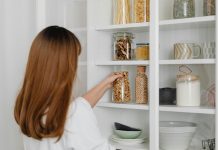




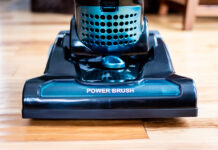
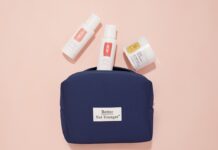





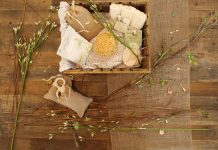






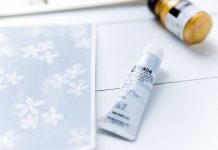



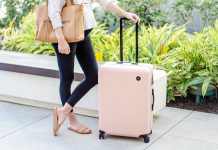










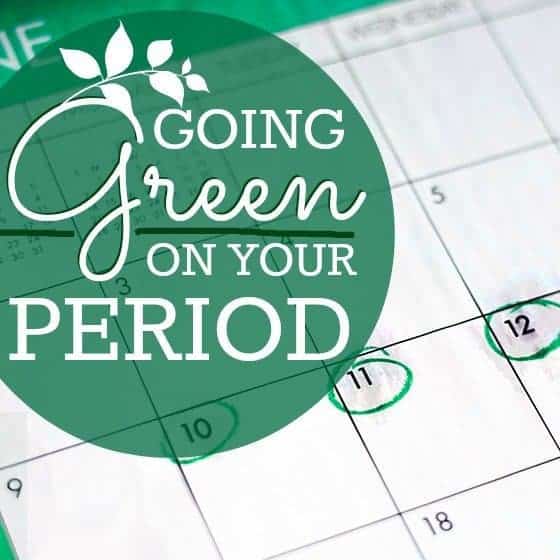
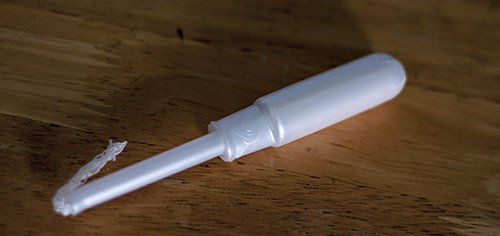
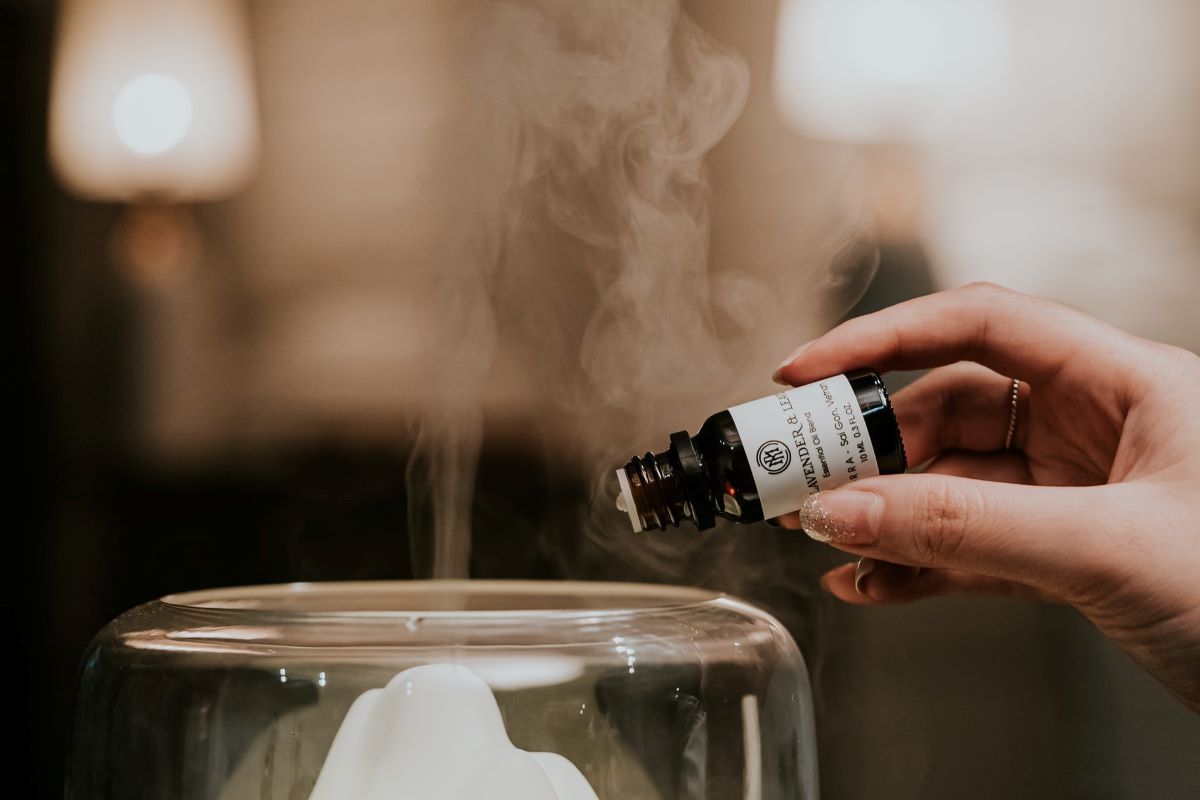
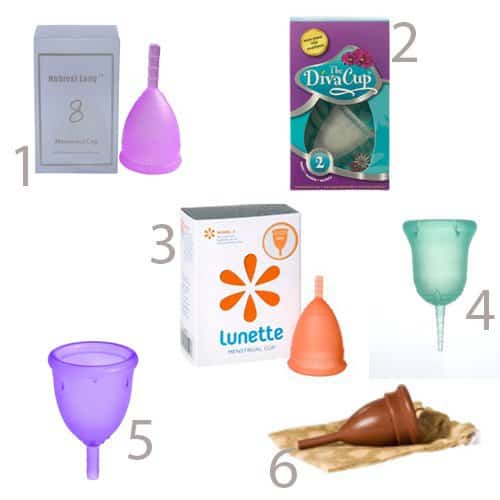
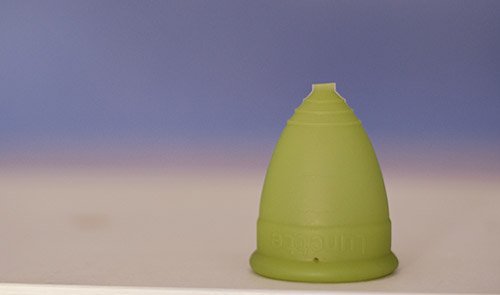
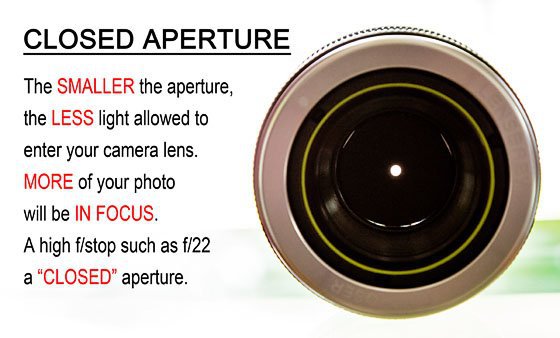
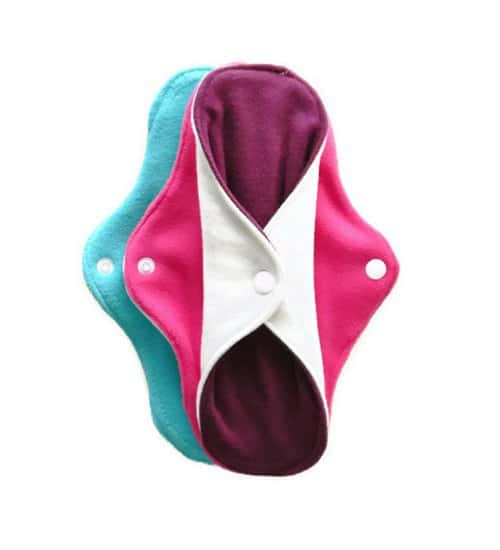




Sara,
Have you tried these?
http://www.4allvitamins.com/product_info.php?products_id=20171
Some nurses I know use these tampons instead of the over-the-counter Tampax or Playtex…etc…
http://www.4allvitamins.com/product_info.php?products_id=24197
or
http://www.4allvitamins.com/product_info.php?products_id=16049
Interesting article!!! :o)
Megan, I haven’t tried those products but have seen them before. I went through 2 menstrual cups before I found the perfect one for me so I know there are lots of wonderful options that I didn’t have the opportunity to try before I found my favorite. The Keeper was my first, but after some use I developed some irritation from the rubber so I switched to the Lunette and have been using it for about 3 years.
Thanks for reading!